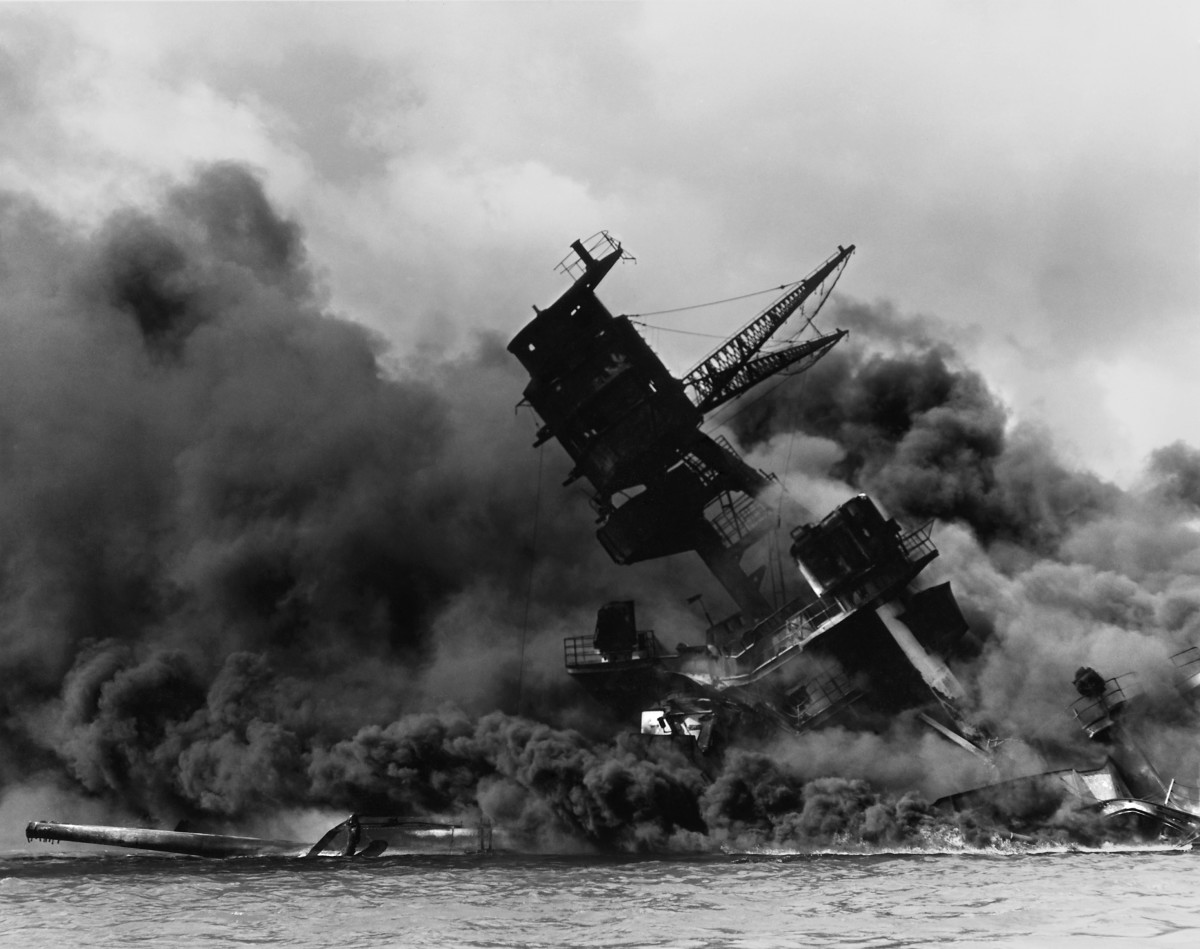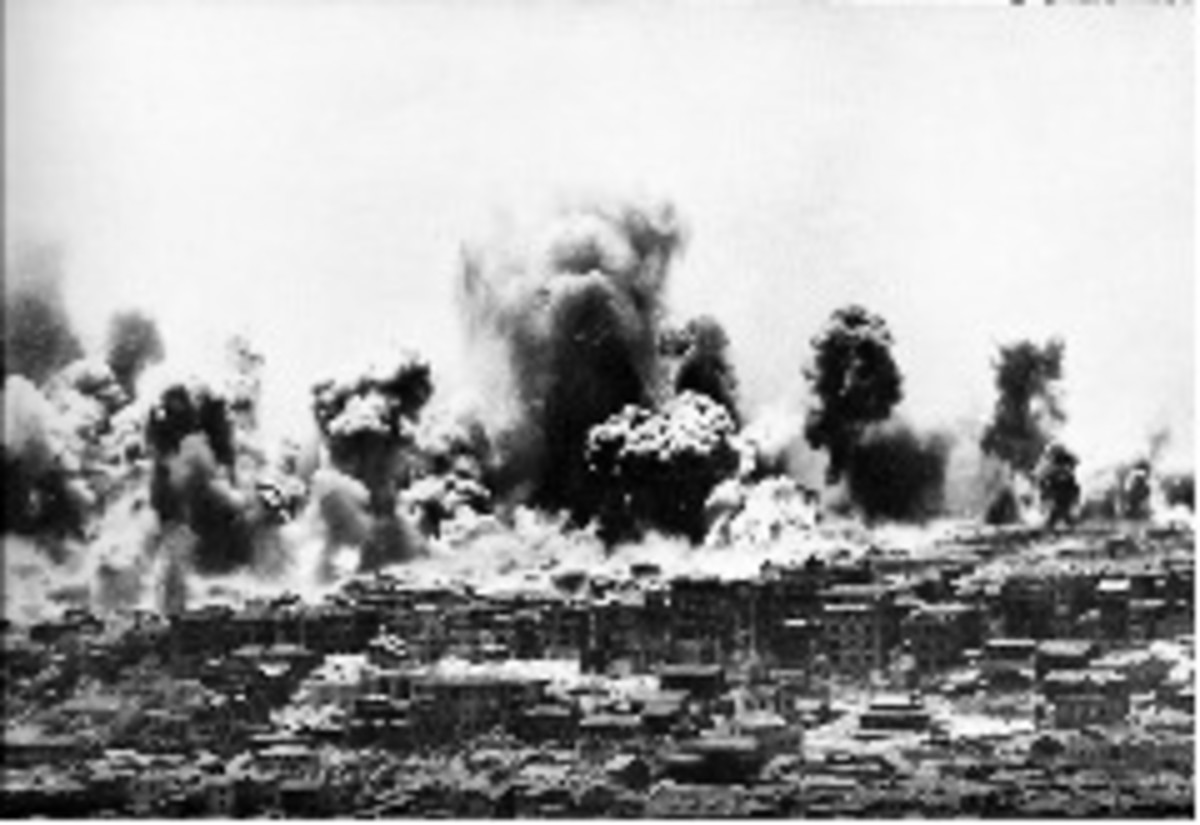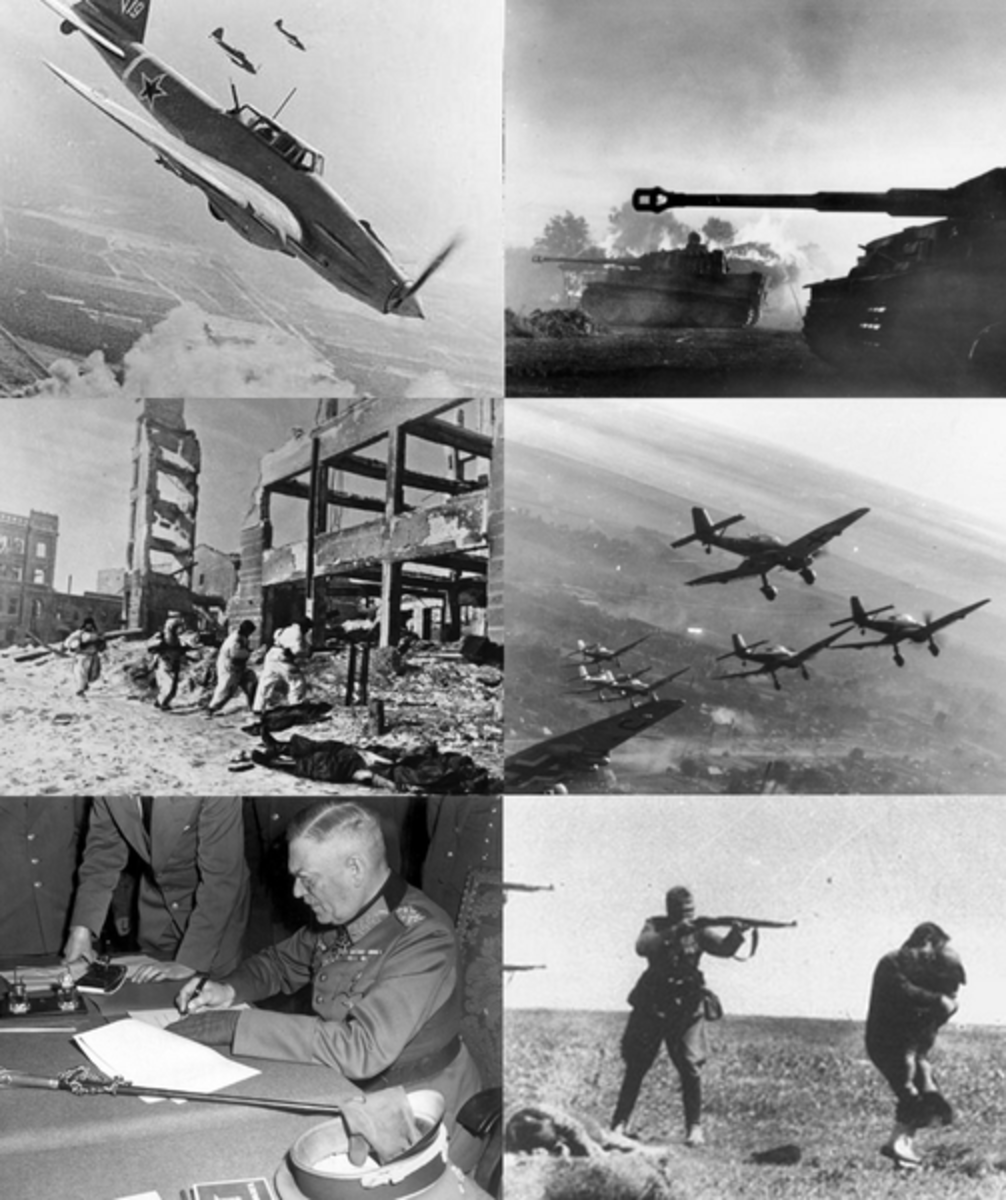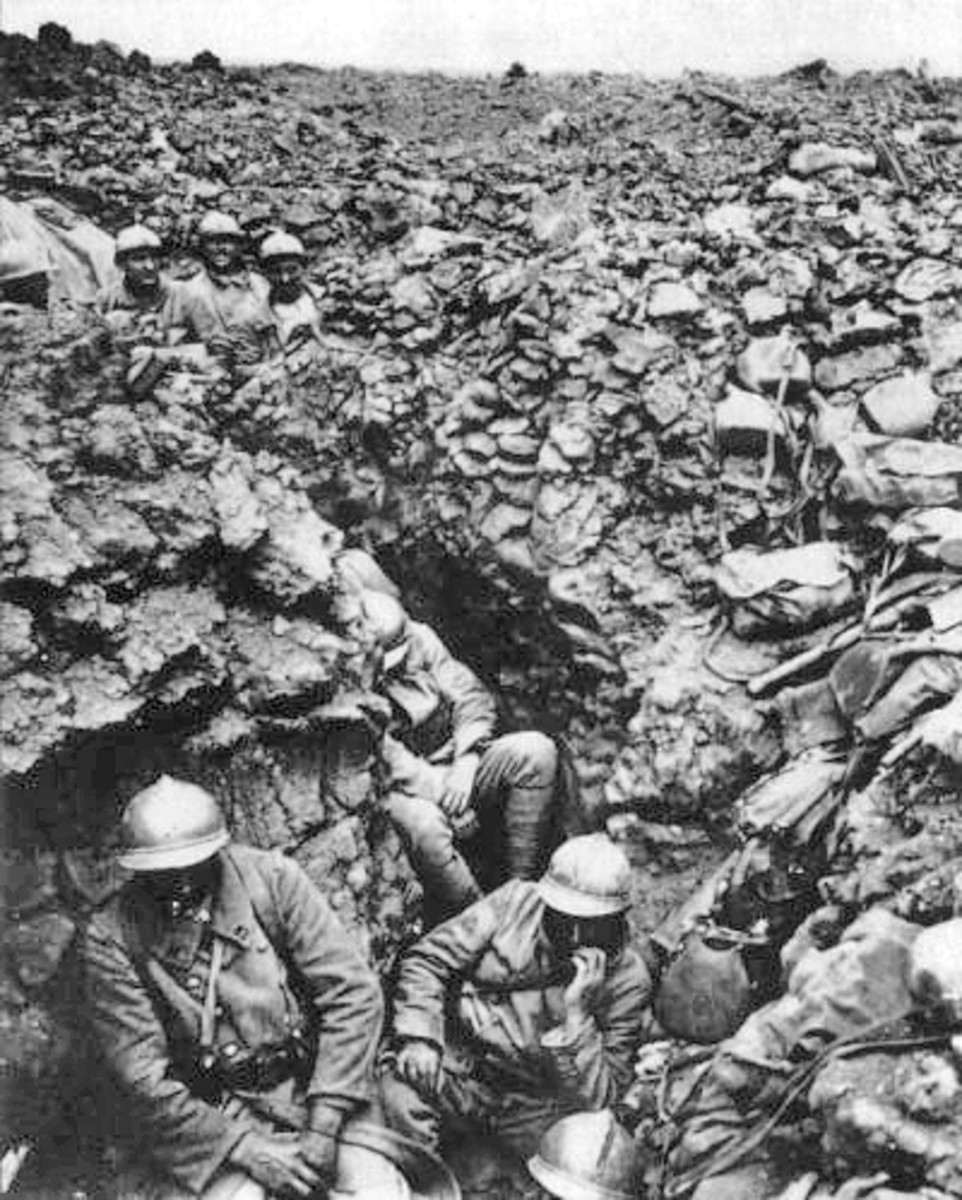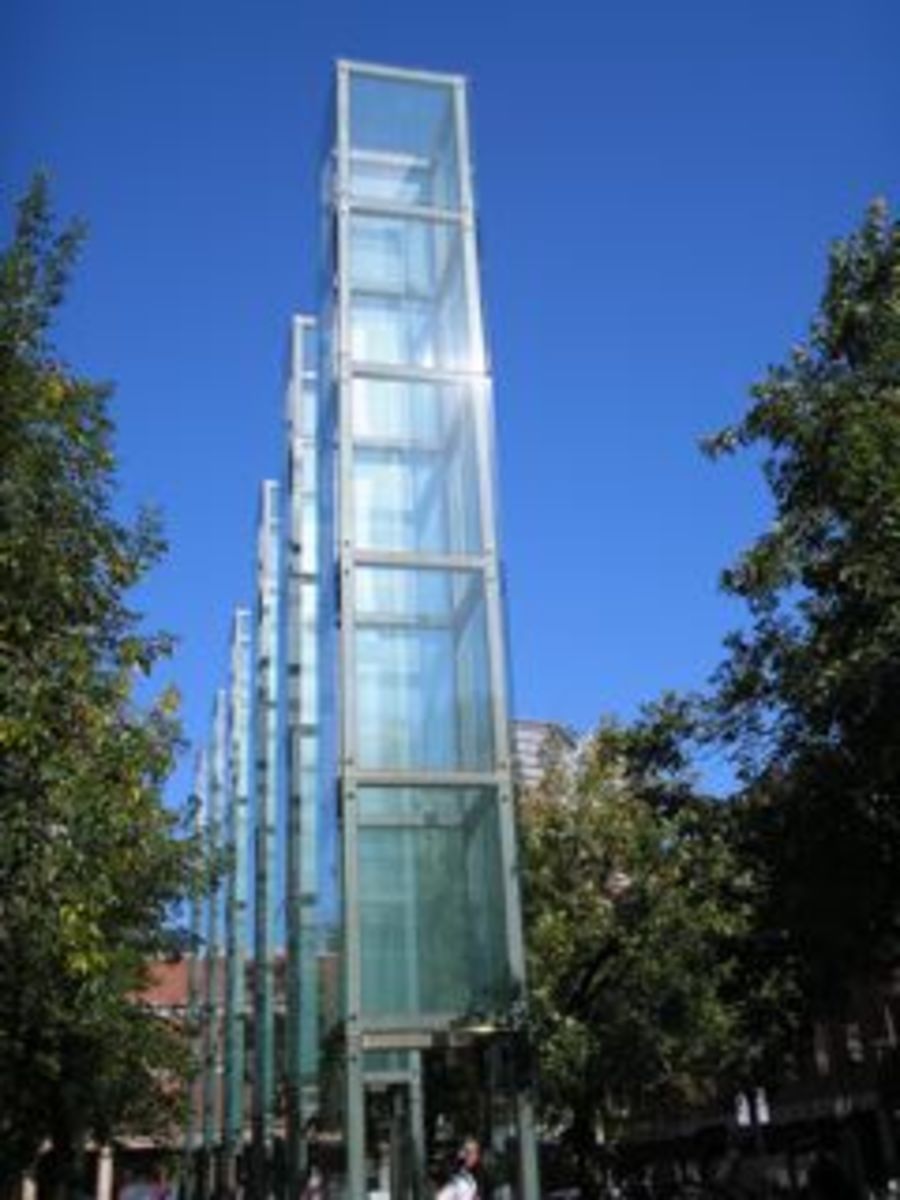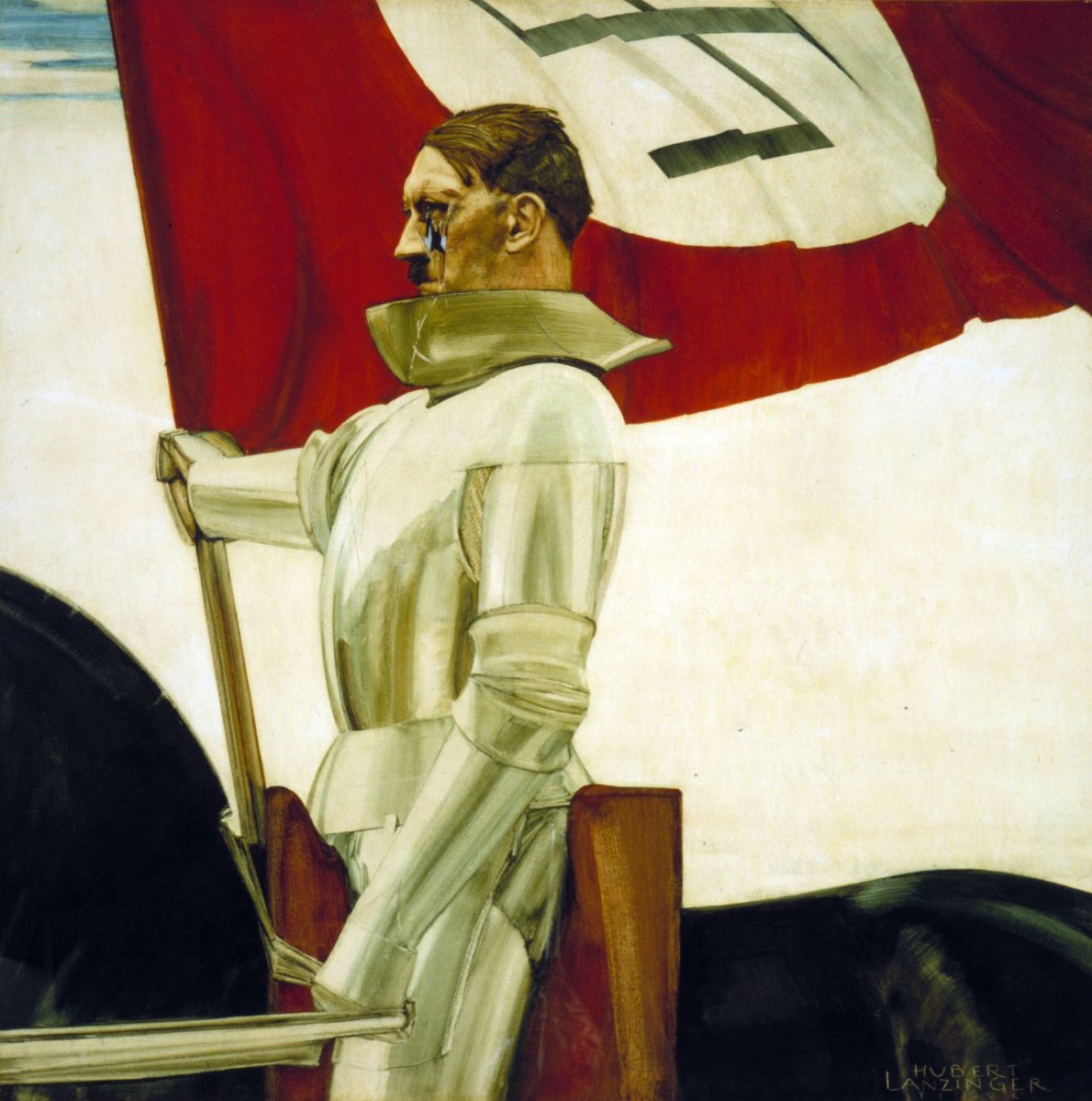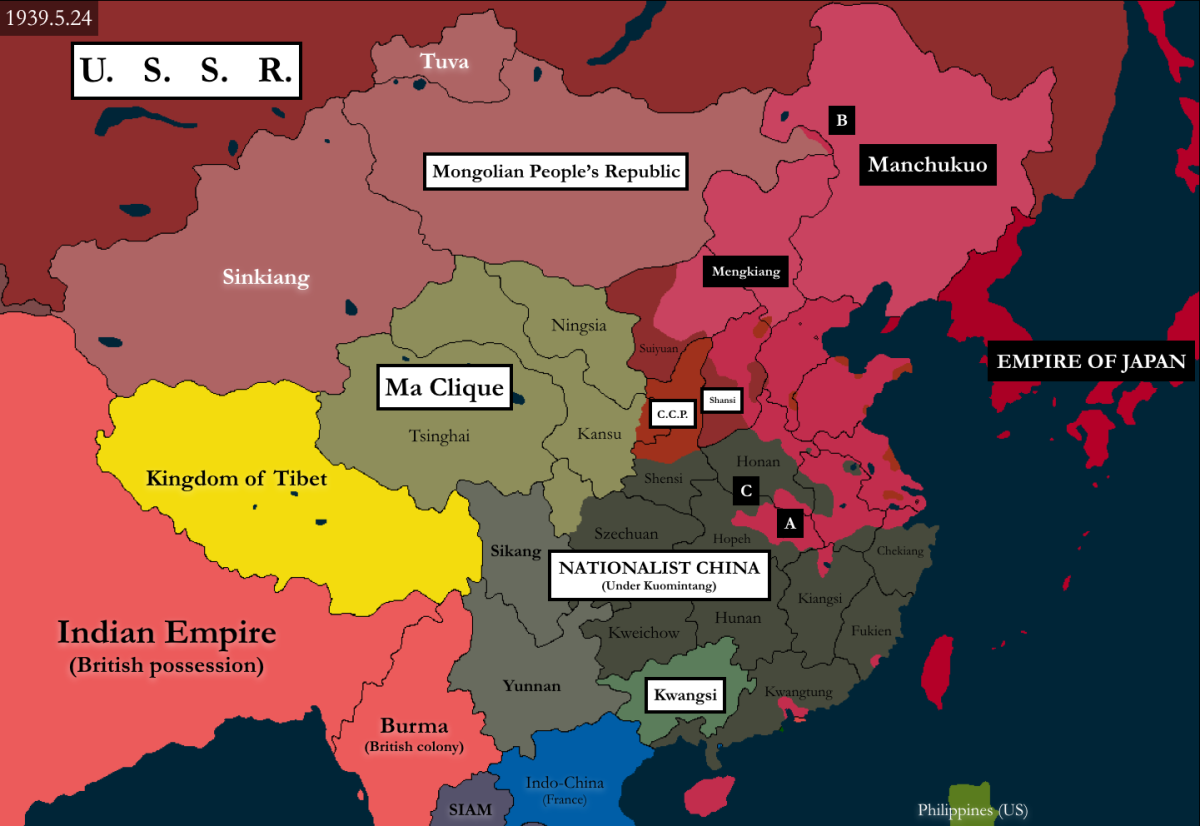- HubPages»
- Education and Science»
- History & Archaeology»
- History of the Modern Era»
- Twentieth Century History
When did World War 2 Start and End?
Setting the Post-War Agenda
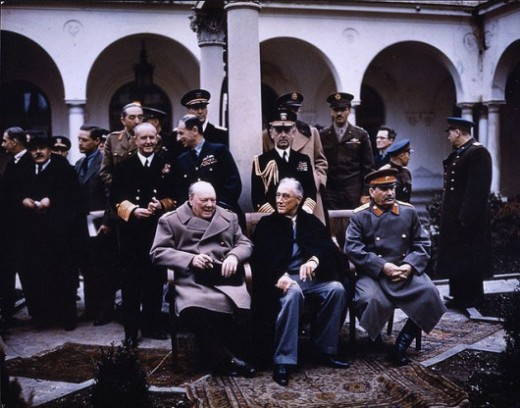
War Declared Official....And HP Sauce
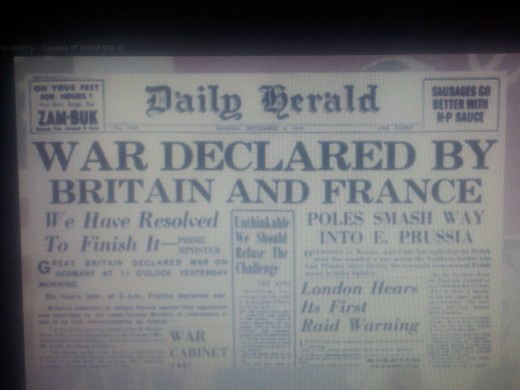
General Consensus
Any self respecting school child in the United Kingdom (and indeed most of Europe) will tell you that World War II took place between 1939-1945. This is time period that permeates the history books and is engraved onto monuments commemorating the dead. It's regarded by all as almost indisputable fact.
Irrespective of the British experience. The Second World War was the deadliest of conflicts to date, with some fatality figures as high as 80 million. In further discord with the British is the timing of the conflict. Britain was at war between 1939 and 1945, but there were numerous other belligerent states who's experience was a lot more complicated and followed a less than linear pattern. France, for example would accept that the conflict fell within the same time frame but France's involvement did not progress in the same manner as Britain's due to the occupation and the dismantling of the country's political structure. France could be seen as an allied force through and through but also a co-belligerent of the Nazi regime during the early 1940s or as a nation that had been immobilised altogether.
September 1939
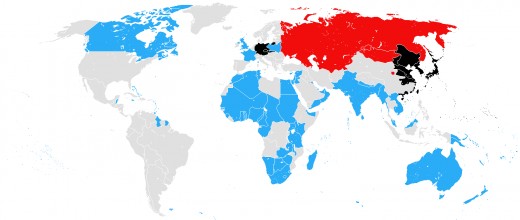
Declarations of War.
Even the humble nation of Costa Rica issued a declaration of war (shortly after the attack on Pearl Harbour).
Costa Rica now has no standing armed forces.
The official declaration of war is the clear message that hostilities have started and this varied significantly from country to country. The British and French empires, being comprised of huge territories in Asia and Africa represented a large portion of the world's population in September 1939. With their governments announcing the start of full scale military operations, these colonies and their subjects automatically entered into a state of war. World War I had broken out 20 years prior and was centred primarily in Europe but came to be known as 'The First World War' due in part to the European's control over 80% of the world's people.
The two pre-eminent allied forces, the United States and the Soviet Union did not formerly engage the axis forces until two years later. Russia and other Eastern European nations talk of the Great Patriotic War, a four year conflict commencing on June 22 1941. The US was officially neutral up until December 8th 1941, but was edging towards war throughout the time they were aiding and abetting Britain and China.
And onto China....
The nation which suffered longest of all officially engaged in combat with the Japanese invaders in the Summer of 1937 (at which time their own civil war was put on hold).
In short; the most common starting years for World War II were; 1937 (Second Sino-Japanese War), 1939 (Invasion of Poland) and 1941 (Invasion of the USSR and Pearl Harbour).
If World War II is to be considered one conflict which many states engaged and disengaged with over a 4-8 year period, then its conventional wisdom to associate the start date with the declarations of war by the key belligerent states and not the lesser combatants (Turkey would eventually declare war on Germany in February 1945, but this date isn't even considered by the Turks as the start of the war.)
Invasion of China
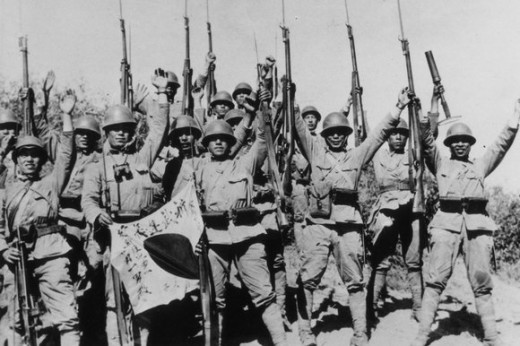
Theatres of War
In the last paragraph, I touched on a vital issue. 'If World War II is to be considered as one conflict'.
The Second World War was so widespread and destructive that it could be thought of as an amalgamation of numerous conflicts that started in the 1930s and ended in the 1940s.
The Key Theatres of World War II were;
- Europe - Western Front
- Europe - Eastern Front
- Pacific War
- Mediterranean and North Africa
- Atlantic Ocean (Naval only)
Two potent examples of off-shoot military engagements are as follows.
In the late 1930s and before the US entry into the war. The conflict in Europe was almost completely detached from that in Asia, or rather China. Japan had invaded Chinese territory in Manchuria in 1931, several smaller skirmishes ensued and eventually The Second Sino-Japanese War (1937-1945) broke out. These proceedings had little or no connection to activities in Europe and European states did not concern themselves with Japan until their colonies were invaded.
A lesser known conflict erupted between Finland and the Soviet Union. It can be said that the USSR was never a peacetime nation between 1939 and 1945, despite being invaded in the summer of 1941. Relations with Japan had been sour in the 1930s and there were minor confrontations on the borders with occupied Manchuria and Mongolia. When a neutrality pact was agreed upon, the Soviet army shifted its attention to Finland.
The Winter War (1939-1940) pitted the Red Army against the Finnish defence forces and its arsenal of 32 tanks and 114 aircraft. The USSR had signed an anti-aggression pact with Nazi Germany. The core aim of this act was for the re-establishment of German and Russian control over the regions of Eastern Europe lost during the World War I peace settlement. The Soviets invaded Eastern Poland, and then the Baltic states before confronting Finland, which resisted the invading Red Army with its minute but mighty military.
Although the Winter War was a consequence of the Molotov–Ribbentrop Pact, it was a separate conflict in many ways. It only directly involved two warring states, it started and concluded within a three month period and a final settlement was reached (at least until the German invasion the following year).
Other lesser known conflicts of the time include:
- The Italian invasion of Abysinnia
- The Italian invasion of Albania
- Soviet-Japanese border clashes (late 1930s)
- Spanish Civil War*
- Chinese Civil War*
- Greek Civil War
*Although civil wars are internalised conflicts between warring factions of the same state, in all three examples, there was profound external interference by major belligerent forces of World War II. The Chinese Civil War was interrupted and halted temporarily by the Japanese Invasion but resumed after 1945.
'These Proceedings are Closed'
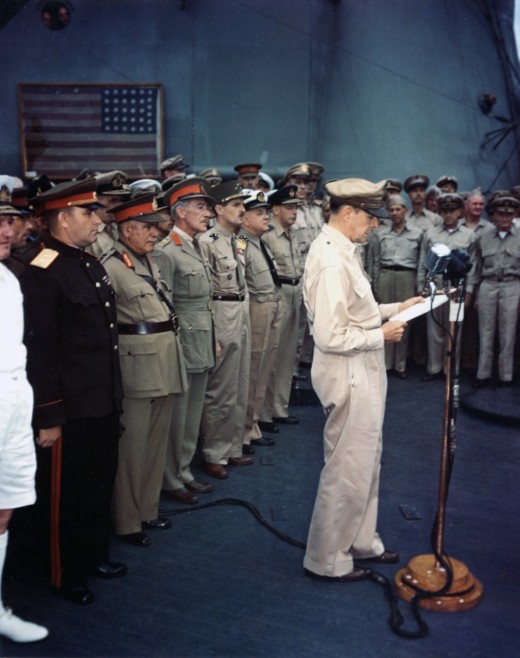
The Short Twentieth Century
Part of Something Bigger...
1914-1990. And everything in between.
The Second World War was in many respects, unfinished business. It can be examined as part of a series of conflicts, hostilities, and fractious international relations which started in 1914 and ended in 1990.
The outbreak of war in 1914 was one of the most critical crossroads in human history and some of The Great War's aftershocks are still being felt today. 1914 set the twentieth century world in motion and it is impossible to examine the causes of the Second World War without referring back to the First, the Second being a direct result of the First gives evidence that the twenty year peace between 1919 and 1939 was really just 'a period of lying between wars'.
Ferdinand Foch, the principle general of the allied forces during World War I famously proclaimed at the end of the 1919 Paris Peace Settlement, 'this is not peace, it is an armistice for twenty years'. His words were remarkable accurate and he was off by just sixty-five days.
1945 is the year the fighting ceased and the surrender documents were signed. But was peace really declared in 1945?
Indeed there hasn't been a Third World War. But a climate of aggression remained where the war had been fought and this was to be instigated by the world's two most powerful countries. Moreover, the German, Japanese and Austrian states were under direct military occupation and their fate was not to be sealed so soon. Japan was reinstated as an independent sovereign state in 1951 and Austria followed suit by 1955. Germany was divided, it was somewhat autonomous by 1949 but under immense scrutiny and the two new German state's existence was at the mercy of others.
The frequently anticipated showdown between the nations of NATO and the Warsaw Pact never took on a militaristic form. It eventually died out in 1990. As the Russian's retreated from many Eastern European states. There was one last thing to do, a real thorn in the flesh for decades had been the so called 'German Question'. This was finally resolved on September 12th 1990.
The Treaty on the Final Settlement with Respect to Germany was signed in Moscow on the aforementioned date by the dignitaries of East and West Germany and the dignitaries of the four occupying forces; Britain, France, the Soviet Union and the United States. These four countries renounced all their influence on German foreign policy, the German political environment and its military and defence responsibilities. Within a month of this settlement, a united German state had been formed with a unified Berlin as its capital. Germany had achieved full sovereignty.
The name of this treaty reflects what significance it has. It illustrates the end of a calamitous period in German, and also European history. This final settlement is to be the definitive conclusion of a story which began seventy six years earlier, and in this elongated and continuous perspective, World War II is but a potent chapter in a somewhat consistent narrative.
Re-enacting the Unification of Germany (1990)
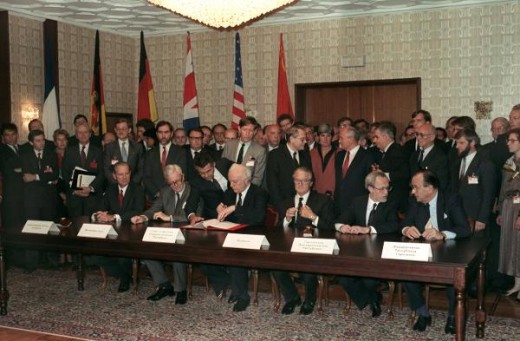
Interesting Facts
- Finnish Sniper Simo Häyhä was a distinguished marksman in the Finnish army during the Winter War. In temperatures as low as -40oC, he killed more than five hundred Soviet troops with a frail Mosin-Nagant rifle (ironically, its Russian made weapon) making him the deadliest sniper in history.
- The American Flag in the background of the photo showing MacArthur and Japan's surrender is that which Matthew Perry took on his voyage to an isolated, feudal Japan in 1853. One of the first Americans to visit the Asian nation, Perry demanded that Japan be open for trade. They succumbed to his demands the following year and this subsequently prompted Japan to industrialize, modernize and militarized lest they become colonial subjects like many of their neighbours.
© 2015 Daniel Bassilios



